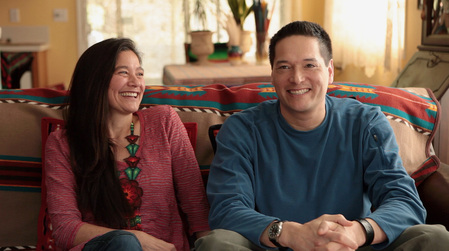
Keith and Chenoa Egawa are a brother and sister writing and illustrating team of Lummi and S'Klallam Indian ancestry. Keith is a published novelist with experience in education reform and social work. His extensive work with families has provided him with both inspiration and insight into his subject matter. In addition to literary readings for adult audiences, Keith has conducted writing workshops for Native youth throughout the US. Chenoa has worked as a professional illustrator, international indigenous human rights advocate, actor, and is a traditional ceremonial leader, storyteller and singer. She was a fellowship recipient from the Institute of Current World Affairs, and traveled throughout Central and South America facilitating communication between indigenous peoples to protect and preserve traditions, languages, and homelands. Chenoa has also worked in the public school system to create programs that teach Native American culture and history, empowering Native youth, and inspiring a broader appreciation for the wealth of traditional knowledge from the First Peoples, to benefit all people of today’s world.
Links:
website: http://tanissearchfortheheart.com/
Facebook: https://www.facebook.com/pages/Tanis-Search-for-the-Heart/165646770257012
The making of Tani’s Search for the Heart: http://vimeo.com/67577618
1) Where did the idea for Tani's Search for the Heart come from?
Keith:
I was working for a non-profit social services program for urban Native Americans in the 90’s. At the time I was working on my novel Madchild Running. The lead children’s counselor asked if I’d write a short play for the kids in the children’s talking circle to read/perform. The kids were receiving counseling for sexual/physical abuse and neglect. So the original purpose of the story was to instill such messages as: you can heal and get beyond bad things; the importance of disclosing the abuse to an adult you can trust; there are good people in the world that will protect you; finding strengths in friendships, etc. The characteristics of the animals embodied these sentiments. At that time, Chenoa and I decided that we’d like to turn it into a children’s book and adjust the messages to make them more far-reaching and not specific to abuse. I began re-writing and Chenoa began illustrating, but finishing the book fell by the wayside. Then, last year, I finally decided it deserved to be completed and we went to work making the book. The general idea was to show the relevance of traditional values in contemporary life. Such as: honoring one’s gifts; the importance of family and ancestors (the teachings of previous generations); respect for oneself, others and the world around us, e.g. the environment; and doing the right thing for oneself and one’s community, regardless of the challenges.
Chenoa:
I can remember when I was a little girl. Our family would often go visit our great grandmother who lived on the Lummi reservation. She was born at Jamestown S’Klallam in 1886. During our visits, she would share many wonderful stories with us about her life. There was a lot of magic in these stories that reflected the connection people had to the spirit of the land, elements, plants and animals. When you think about how life has changed in this region, and in most parts of the world over the last 100 plus years, you can imagine how there was definitely another way of seeing, understanding and interacting with the world around you. Much of life was directly connected to nature, especially in indigenous cultures. For Coast Salish people of the Northwest, life was intimately tied to the land and waterways, and still is. Salmon, and other fish, shellfish, deer, roots, plants, etc. made up the primary diet. People knew how to read the signs that are always present in nature and being reflected back to us continuously, if and when we are aware. People understood those signs and lived by them as part of their knowledge base and way of life.
The fast paced world we live in today has a whole different array of stresses and strains that come with living in a modern technological reality. In many ways, it inhibits our connection to the natural world that supports our life in each moment. Some children I have worked with have never left the city before. They have never had the chance to walk in the woods or on the beach.
For me, as a child I always wished that I could have lived in an earlier time. Not from a place of ignorance, thinking that everything was perfect back then. I know there were many hardships in the past and different challenges to be faced. However, the magic of our great grandmother’s stories stayed with me all these years and allowed me to search my own heart and live in a way that has shown me that all of this magic and deep connection is still very much alive and present for us if we want it. In Tani’s Search for the Heart, we wanted to include important teachings such as our relationship to animals; the support we receive from nature; the way nature listens to us; the guidance that is always there for us from our ancestors; the importance of a loving family and healthy relationships. All these aspects that formed a part of our lives are included in our story.
2) How did you select the animals that Tani meets over the course of the book?
Keith:
Originally all the characters were animals commonly seen in traditional Native American stories. But as I worked on the story I decided to incorporate creatures that are not typically used – or never used. I’ve studied animals since I was a little kid, so I chose a few that are favorites of mine; specifically the pacific giant salamander, the fisher, pacific spiny lumpsuckers and the stubby squid. These are all regional animals that I’m sure most people aren’t familiar with. So I thought it’d be nice for kids to learn about animals they might otherwise never hear of. Although there are physically powerful and majestic animals in the story, such as eagle and bear, I wanted to show the value of small creatures that people might otherwise wrongly view as insignificant or incapable of playing an important role, such as the stubby squid, spiny lumpsuckers and pacific giant salamander.
Chenoa:
Keith selected the animals.
3) Can you tell us a little bit more about the Stick Indian and his legend?
Keith:
I actually haven’t heard traditional legends and stories with the stick Indian in them. There probably are actual stories that include the stick Indian, but my knowledge of him is from accounts of sightings, as opposed to fictional legends. Kind of like Bigfoot in this regard. For example, Chenoa and I did a presentation for grade school kids at the Muckleshoot reservation, and we asked the kids if they’ve ever heard of the Stick Indian. About 75% of the class raised their hands, and then proceeded to talk about seeing a stick Indian, hearing one outside their windows at night, or telling stories their parents told them about encountering one. From what I gather, the stick Indian isn’t described as good or bad. He is just another part of the natural, or spiritual, world. My sense is that he’s used to keep kids from disobeying their parents, particularly in regard to going out alone at night – similar to the legend of the Wild Man of the Woods or Basket Woman (who collects and eats children). In Tani’s story the Stick Indian plays an active, or more involved, positive role because, like the animals in the story, he recognizes the special gift within Tani. He knows the role she will play in the preservation of the wilds (his world). So he makes his presence known in a non-typical way.
Chenoa:
The Stick Indian is a well-known part of the story of Coast Salish people. There is an awareness of his existence and a respect for him as well. The Stick Indian is part of the natural world. A spirit, a being of the forest. I love the way he is integrated into our story. Despite our differences, or OUR unique ways of living, we all need to work together to preserve and protect the sacredness, health and well-being of all life. As humans we have a voice, but even those who communicate in different ways can conspire to work together on behalf of what is right and true. Every culture on the earth has their stories, languages and teachings. I think they are all important. They remind us of how much knowledge, wisdom and experience every culture has, and how those parts are important to the whole.
4)The art style is wonderful! How did you choose the tone and style you used for your book?
Keith:
Chenoa may have more to say about this. For me the choice of illustrations is kind of like the process of writing, in that I don’t put a lot of forethought or outlining into it. Not a lot of planning. The illustrations I did were more the result of feelings. Meaning, as I wrote the story I’d naturally envision a particular image within the text and start drawing. Chenoa and I neglected to sign our respective illustrations in the book, but we each did about half of them.
Chenoa:
I, like Keith, ‘see’ the images as the story is told. All good stories give the reader the ability to see, feel and be a part of the story. It was really fun to work on all the illustrations and one by one share them together as the story opened up. Keith and I get along so well that it was easy to simply trust each other, talk about ideas and then just sit down and let the images come in. Very fun!
There are actually two phases of drawings. The pencil drawings are from the earlier story Keith began years ago. I drew the pencil drawings for that one early on. Some of the animal characters were the same in the original story, and the little girl of course was the main character, being guided and advised by the animals, as those were the friends in her life she could completely trust.
As we picked up the story again to create Tani’s Search for the Heart,” we both started a new round of colored pencil and pastel drawings. As Keith said, we each contributed half of the illustrations. Bringing in the color was great. For myself, I know that my style with the color was much more free, and it represents the growth and change I have gone through in my own life to let go of being a perfectionist and trust myself as opening to what wants to be created through me.
5) Are there any authors or books that inspire you today that you read as children?
Keith:
That question’s always a tough one for me. There are many stories/books that I’ve liked and been affected by, but I have a hard time deciding when/if a particular book actually served as an inspiration. Sorry – I think my answer to that one is always kind of disappointing. My mom told me that I loved Where the Wild Things Are as a little kid. The Hobbit and the Lord of the Rings (decades before the movies) are my first memory of being really affected by books.
Chenoa:
I remember Where the Wild Things Are too. One of my memories about it, funny as it is, was the introduction to the word, ‘companion.’ I think they spoke of the ‘traveling companions!’ I had never heard that word before! I liked all the books that had magical characters, and books about children with special gifts that could hear and see the unseen. One story I loved was Children of Morrow. That was one of my favorites when I was probably in the 3rd or 4th grade. I loved Charlotte's Web and actually got to help my 4th grade teacher read it to the class. I liked A Bargain for Francis and read that one to Keith when he was a little guy. My brother, sister and I loved many of the Hans Christian Anderson Fairytales too. I don’t remember having any Native children’s books as a child. I don’t think many were available at that time. It is definitely a good thing to have many stories from different cultures available for all children today.
6) What other projects do you think you will work on together and individually? Tell us a little about where you'd like to go from here.
Keith:
We’ve been talking through a couple ideas. We realize that Tani’s Search is a long story with a lot of text. But I felt strongly about it being as long and full as it is, in order to tell the story I set out to tell. We believe Tani’s Search has messages that are now more important than ever for young people to be aware of and think about. So I envisioned this book being read to kids by adults. So that the themes could then be discussed, e.g. environmental degradation and the fact that human beings have no choice but to change the direction we’re headed, in terms of pollution, loss of natural resources, exponential extinction of species, etc. However, we plan on doing a much shorter picture book that’s accessible to younger children. A more typical type children’s book with a couple sentences accompanying the illustrations on each page. We also have an idea for a book based on a dream our older sister (her name is Tani) had about her son (our nephew). The book will be about a little boy who’s brought into the world by whales.
On a related topic, I’m on the home stretch of another novel for adults called Last Screams of Tabitha. The book reflects the state of modern society (or aspects of it), and people who are formed by childhoods of injustice and forced to live in survival mode from an early age on. As my fiction for adults is very dark and focuses on things adults have done wrong to each other and the planet, Tani’s Search, and future children’s books, is an opportunity to explore the more hopeful side – the opportunities children have to correct the mistakes of adults.
Chenoa:
Yes, we have some ideas for other children’s books as Keith mentioned. I love focusing on messages of cultural diversity and teachings, hope, positive mindset, working together, acceptance, tolerance, appreciation, gratitude, overcoming obstacles, recognizing the beauty of life, letting each child know they are special, and that their unique gifts are important to express and feel good about. I’m excited about the coming book on the child of the whales!! The book based on my sister’s dream will tie in the significance of names, oral tradition, extended family and of course lots of magic! It is a story that lives in our hearts through our family and is just waiting to be shared!
7) You're both very involved in helping kids to grow and have opportunities. What would you like to tell children both as aspiring storytellers and explorers of the world around us?
Keith:
I’d tell them some depressing and frightening things, along with a genuine – and maybe a little desperate -- attempt to be encouraging. We can’t avoid the fact that kids of today will face challenges that none of the adult generations have faced, specifically in regard to the manifestations of human greed, over-consumption, and the irreversible effects our behavior has had on the world. When I was a kid people talked about large-scale catastrophes we might face in the future, if we didn’t change. Now they are a very obvious reality. When I was a kid they talked about how some day we may only see polar bears in zoos or in books (among many other animals). Now that will likely be true within the next 20 years. When I was a kid, people talked about the hazards of clear-cutting, the burning of fossil fuels and what it would do to the atmosphere, etc. etc. But now we’ve actually reached the point at which people will not have a choice as to whether or not we make the necessary sacrifices. The world we knew will simply not be there anymore.
We’ve literally devastated some of the most numerous species of fish in the ocean. The scientific community has concluded that if we don’t phase out the burning of coal within the next couple of decades, the atmospheric damage will be catastrophic. But our use of coal has actually increased since the global community of scientists calculated and announced this terrifying conclusion. I realize that this may not be exactly how I’d communicate these subjects to little kids, but the reality is they will have to face these truths, regardless of how upsetting it may be. Because they will be living it. The message, or advice, I’d offer is that they need to think for themselves. Learn what they can from adults, but apply what they know to be right and wrong to everything they learn and do. In other words, be true to ones’ self and be aware of the impact your life and behavior has on the world and others. Do not be directed by irrelevant values such as accumulating material wealth as the sole reason for existence.
Specific to storytelling, I would encourage children to experience people and the world, and to represent the truth of what they see within their writing/storytelling. I would tell them to share their unique views and their truth in a manner that will teach others, creating awareness of important realities that others may otherwise not be aware of. One of the ever present mantras adults have repeated over the generations is that children are the future. But collectively adults have not lived in a way that truly ensures a positive future for children. Young people will need to do this for themselves. Upcoming generations must find the courage to choose a more difficult road when they know it’s the right thing to do.
Chenoa:
Children come in to the world open, curious and excited to learn and discover. They want to know about everything and everyone. They know what is right and wrong, because they feel it in their heart. They are not born with prejudice and judgment. They are authentic and say what they feel from a place of honesty and fearlessness. We learn about prejudice, judgment and fear too quickly the first time someone mistreats us or when we are in danger. Then begins the process of blocking off the heart to protect it from others, from the hardships in life.
I like to encourage children and all people to remember their true nature, that we are all storytellers and that we all have stories to tell and that all stories are important. I also like to encourage children to embrace their uniqueness, to stay open to the miracles of life in each and every moment, to explore, to stay curious, to follow their hearts and what makes them happy. I want them to feel good about themselves, to learn about happiness, to be kind and respectful. I like to talk with them about things they might not be aware of and how much there is to discover in their lives. And I always let them know to follow their heart, to trust themselves and their feelings. I want them to appreciate the differences we each have from person to person and from culture to culture so that they can begin to understand that diversity is wealth and beauty.
8) How has it been to work with your sibling on this book? Has it been a learning experience?
Keith:
Our family is very close. Chenoa and I had a great time working on this together. We conduct presentations to students together, and that has been particularly fun. Chenoa has unique talents and viewpoints that make the experience much more enriching for the kids. It has been a learning experience, in regard to struggling to get the word out about our book. But actually creating the book together was a very natural fit. We spent many hours sitting at a table together drawing and discussing our ideas. We share a similar vision, and having life-experience in common made the process fun and very easy.
Chenoa:
Keith and I work together so easily. As my brother said, our family is so close, supportive, loyal, encouraging and loving to one another. It is one of the greatest things to create something you are proud of to share with others in a positive way, and to be doing that with someone you love so much. We are looking forward to the next projects!
We have been learning a lot about the challenges of self-publishing and marketing. It is definitely a lot of work. I am hoping that the right people come along to recognize the value of the story we have created and want to help support the distribution to all the children who’s lives will be inspired by Tani’s Search for the Heart.
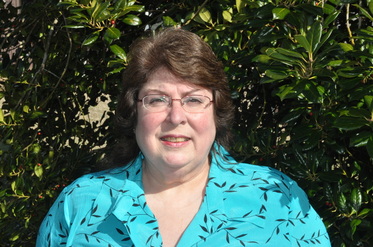

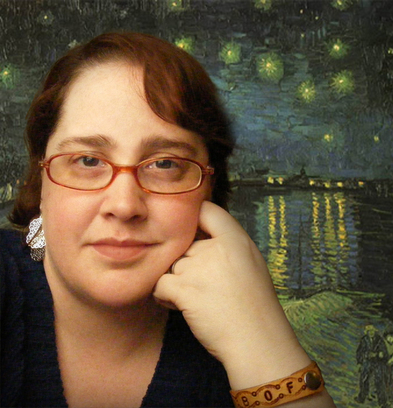
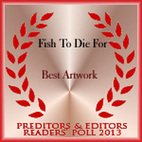
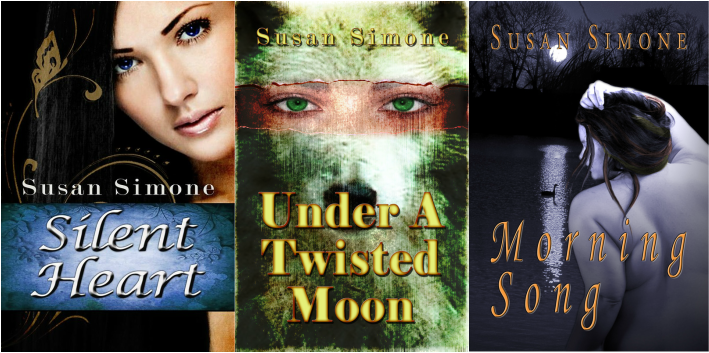
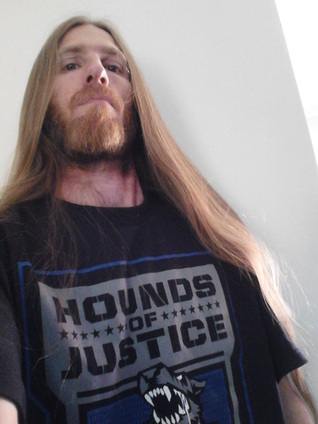
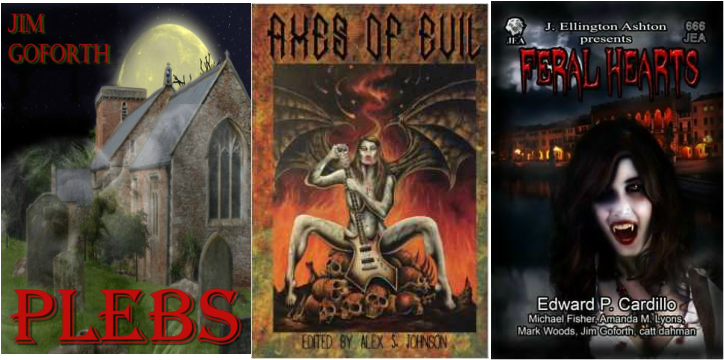
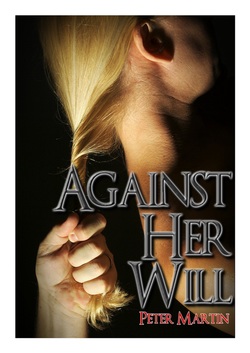

 RSS Feed
RSS Feed
